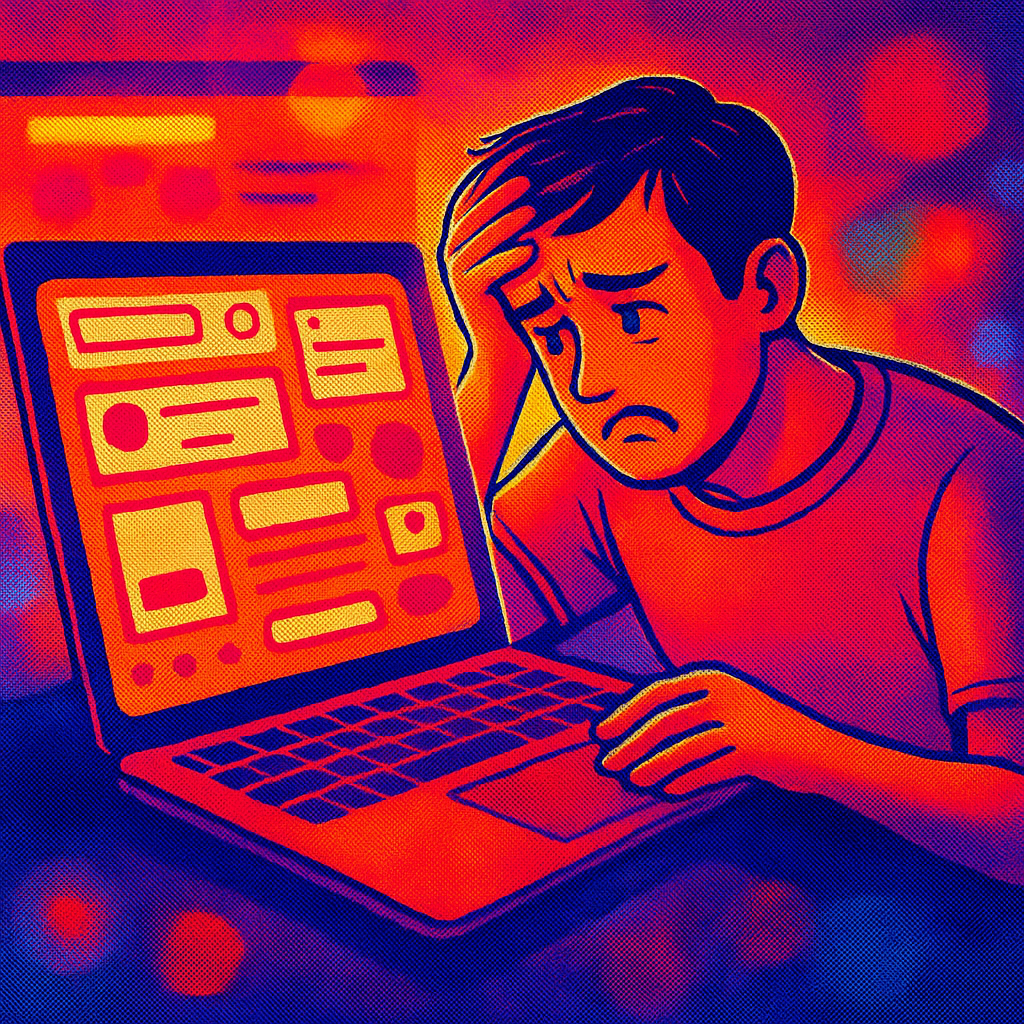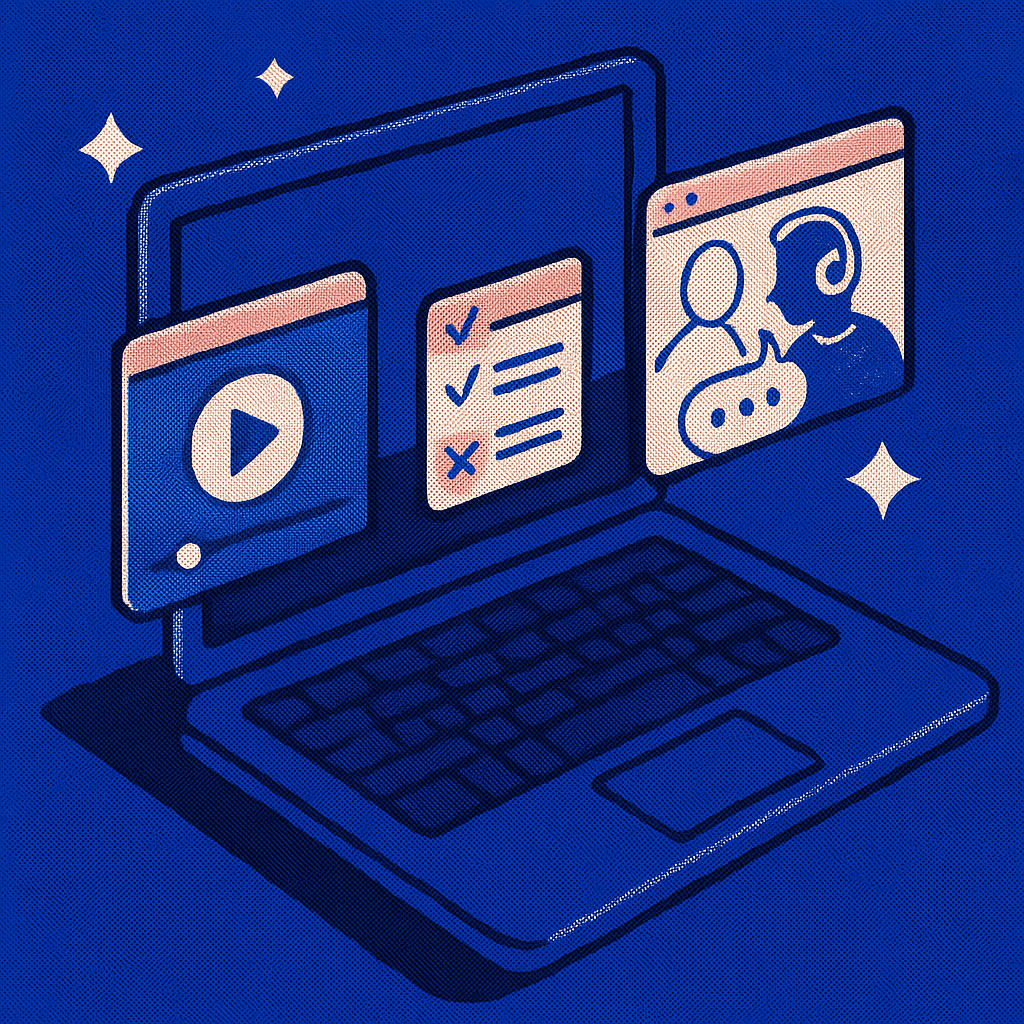Contextual Personas for Edge Devices
by Admin-checker
INDEX
Discover the essentials of usability testing: what it is, why it’s crucial, and how to apply it for better digital experiences.
Date Jul 22, 2025
INDEX

Usability testing is an important part of UX research. It helps to find problems that users have when they use a product. The main goal is to give users a good experience, identify potential problems before the product is launched and increase the number of buyers. If the product is confusing, slow or unclear, consumers will abandon it. That’s why usability testing is critical for every project.
Usability testing is the process of evaluating a digital product’s ease of use by observing real users. UX teams gain user insights into how people interact with the interface, what causes friction, and what needs improvement.
Qualitative testing enables you to understand user emotions and motivations and behavior through direct observation and feedback. The method shows how users feel and what drives their specific actions. The main focus of quantitative testing is to measure specific user actions including task duration and click counts and success rates. The results show both user actions and their performance efficiency. These approaches together provide a complete understanding of user experience when used together.
In-person testing allows environment control, while remote usability testing is faster and more cost-effective. The choice depends on research goals and user availability.
Feedback is the core of usability testing. A structured feedback loop—test, feedback, improvement, retest—enables continuous product refinement.

The most widely used usability testing methods include task scenarios, surveys and observation. The choice depends on the goals and the development phase.
This method involves reviewing a UI against established usability principles. Experts conduct the evaluation without real users. It’s a fast way to catch common design issues.
A facilitator guides the user during moderated testing, assigns tasks, observes actions, and notes comments and emotions. This method yields deep user insights.
Session recordings capture real user behavior without direct involvement. They’re useful for website usability testing and help identify friction points.
Usability testing often uncovers critical blockers:
All of these affect user experience testing and can reduce conversions.
There are many user testing tools available for website feedback and UX research. Top platforms include:
| Tool | Format | Features |
|---|---|---|
| Hotjar | Session recordings | Click maps, heatmaps |
| Maze | Remote testing | Test automation, analytics |
| UsabilityHub | Surveys | First impression tests |
| Lookback | Moderated testing | Video with real-time commentary |
| Crazy Egg | Behavior tracking | Scroll maps, click analytics |
For Boosta, usability testing isn’t just a development stage—it’s a core philosophy. We believe that only deep user understanding leads to truly effective products. Through usability testing we:
Our team endlessly relies on a tried-and-true checklist of usability tests, task scripts, and analytics to deliver outstanding results on every project.
Products often come with underlying assumptions. Its, through usability testing that we can confirm if these assumptions hold true in real world scenarios! By watching how actual users interact with the product or service at hand s it becomes possible to uncover any hurdles that might be hindering user experiences and make necessary improvements for better clarity and functionality. Enhancing usability isn’t about improving aesthetics. Its primarily geared towards optimizing functionality and overall user satisfaction levels! Companies that prioritize incorporating testing procedures within their development process don’t merely react to issues as they arise but instead proactively lead with confidence, in crafting user experiences that keep people coming back for more.
Teams use Zapier in boardrooms, spare rooms, and rooms where AI has ROI.